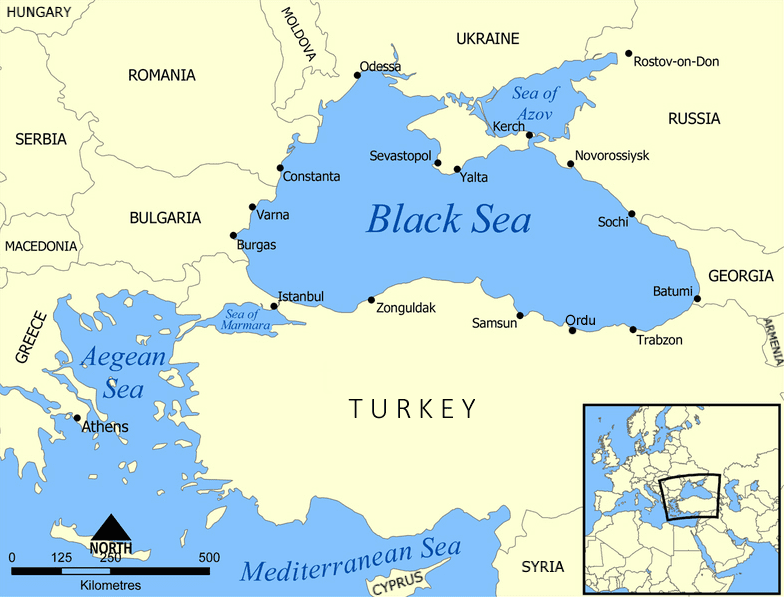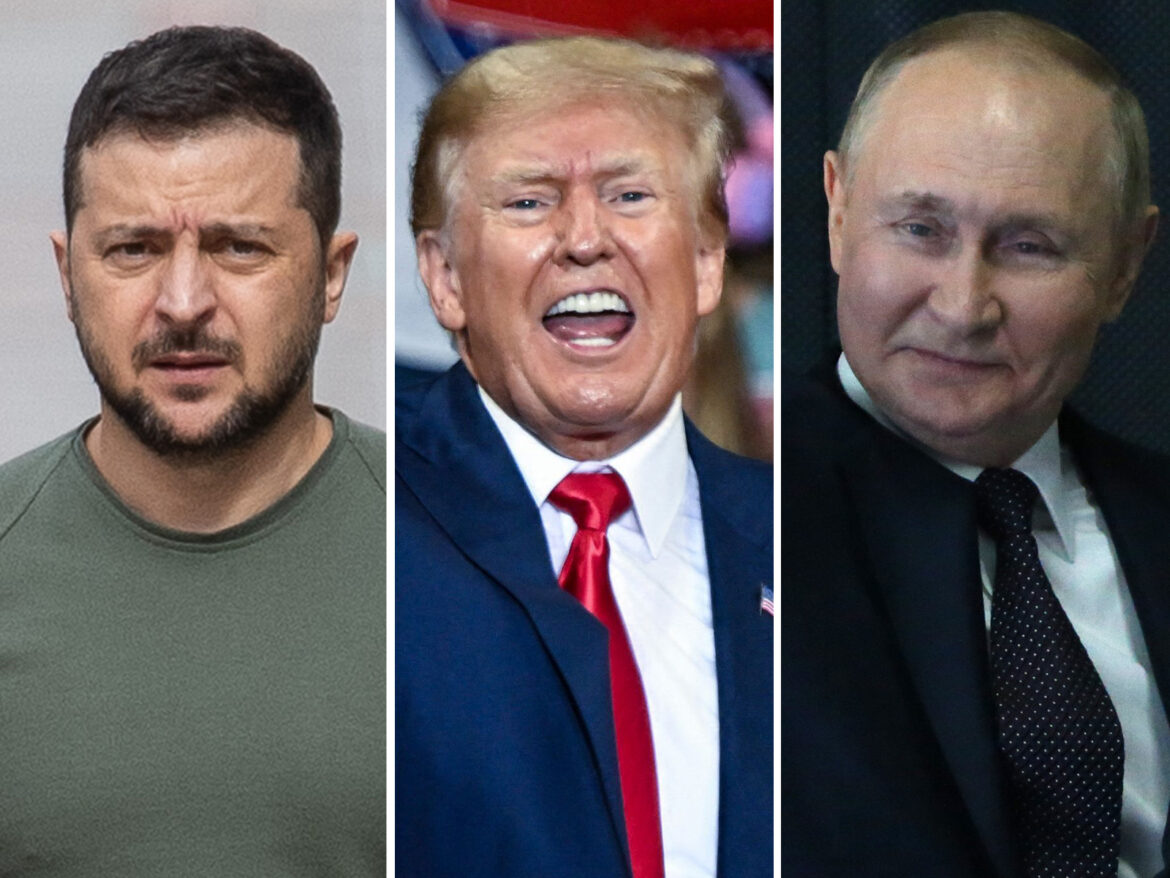In a significant development amid the ongoing conflict, Russia and Ukraine have agreed to a ceasefire in the Black Sea and a temporary halt on attacks targeting each other’s energy infrastructure. This agreement, brokered by the United States during negotiations in Saudi Arabia, marks a pivotal moment in the three-year-long war.
Ceasefire Details and Conditions
The ceasefire aims to eliminate the use of force in the Black Sea, ensuring safe navigation for maritime activities. This is particularly crucial for the resumption of grain exports from both nations, which play a significant role in global food supply chains. However, the implementation of this maritime ceasefire is contingent upon the lifting of certain Western sanctions imposed on key Russian entities. The Kremlin has specifically demanded the removal of sanctions on Russian agricultural companies and the reconnection of a major Russian bank to the international financial system. (Source)

In addition to the maritime truce, both parties have consented to a 30-day suspension of attacks on each other’s energy infrastructure. This temporary halt is intended to facilitate further negotiations aimed at achieving a more comprehensive and lasting peace agreement.
Divergent Perspectives and Challenges
Despite the agreement, there are notable differences in interpretation and expectations between the involved parties. Russia insists that the ceasefire’s activation is dependent on the lifting of specific sanctions, while Ukraine maintains that the truce should commence immediately, independent of any sanctions relief. This discord underscores the complexities of the negotiations and the fragile nature of the agreement.
Ukrainian President Volodymyr Zelensky has expressed reservations about the potential easing of economic pressure on Moscow, arguing that it could undermine efforts to hold Russia accountable for its actions. Critics of the deal suggest that it may disproportionately benefit Russia by allowing it to resume exports without making substantial concessions, such as ceasing attacks on Ukrainian ports like Odesa and Mykolaiv.
Also read: Ukrainian Soldiers Burn Flags with Effigies of Trump, JD Vance, and Musk
International Mediation and Future Outlook
The United States played a crucial mediating role in facilitating this agreement, reflecting its ongoing commitment to resolving the conflict. U.S. officials have indicated a willingness to assist in lifting certain sanctions as part of the broader strategy to achieve peace. However, this approach has been met with skepticism from Ukraine and some European allies, who fear that premature concessions could embolden Russian aggression.
While the ceasefire represents a tentative step toward de-escalation, significant challenges remain. Ongoing cross-border attacks, unresolved territorial disputes, and the broader context of the conflict pose substantial obstacles to a durable peace. The international community continues to monitor the situation closely, emphasizing the need for a balanced approach that addresses the concerns of all parties involved.




2 thoughts on “Russia and Ukraine Agree to Truce at Sea, Ban Energy Attacks”
Comments are closed.